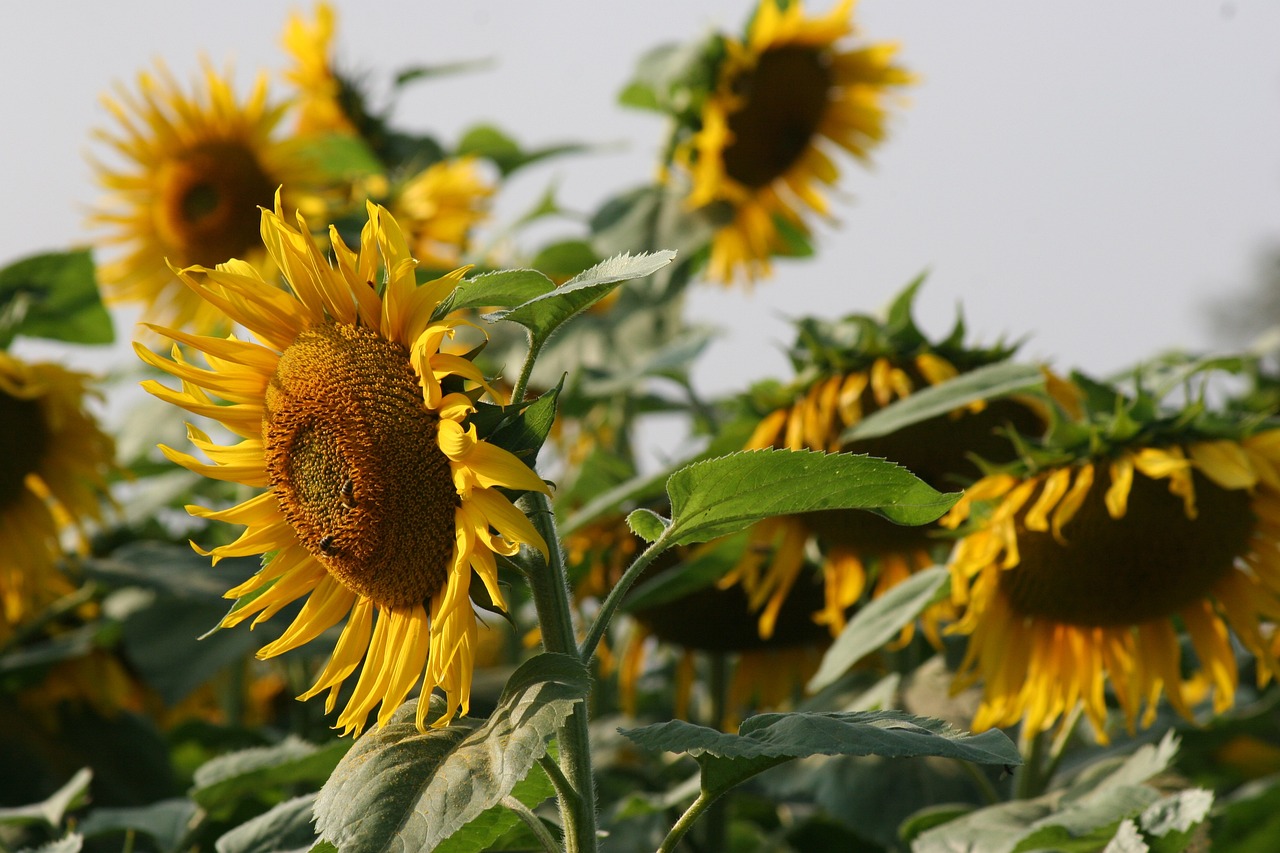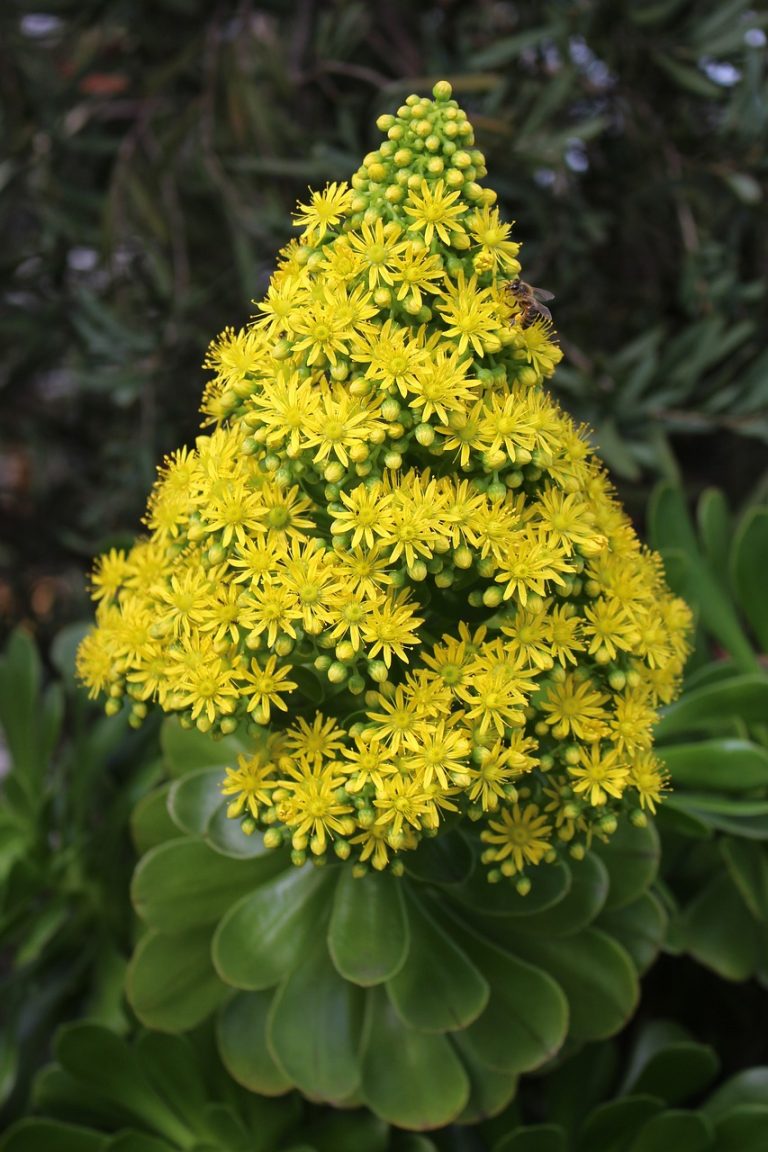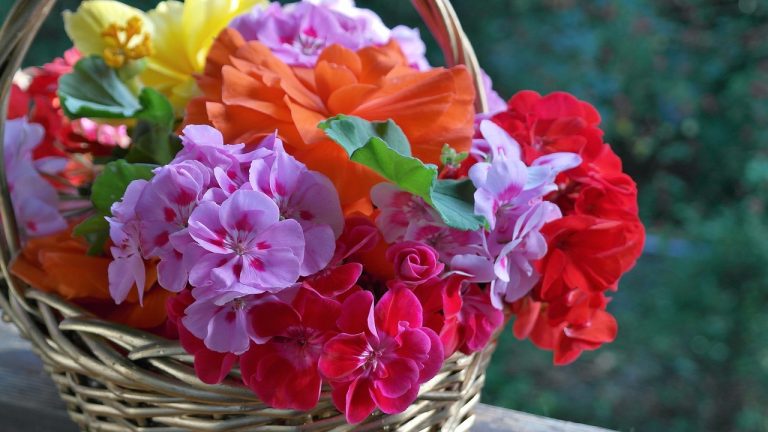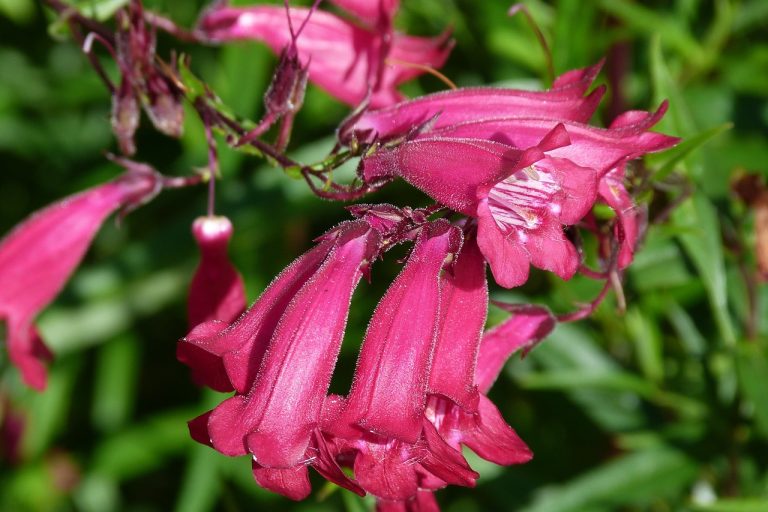HOW TO GROW MULTI-HEADED SUNFLOWERS (12 Amazing tips)
Sunflowers, with their vibrant blooms and towering stems, captivate the hearts of gardening enthusiasts worldwide. Among these sun-kissed marvels, multi-headed sunflowers stand out for their abundant petals, boasting multiple blooms on a single stem. Delving into the art of nurturing these unique botanical wonders opens the door to a colorful and rewarding journey in gardening. Discover the secrets to cultivating these mesmerizing blooms and watch your garden burst into a spectacular display of radiant sunshine.
HOW TO GROW MULTI-HEADED SUNFLOWERS?
Grow multi-headed sunflowers by choosing suitable seeds, planting in sunny locations with well-draining soil, providing adequate water, and regularly caring for the plants.
Growing multi-headed sunflowers requires attention to seed selection, opting for varieties designed for multiple blooms on a single stem. Plant these seeds in areas receiving ample sunlight, ensuring the soil drains well to avoid waterlogging. Water the plants consistently, striking a balance to prevent overwatering or dehydration. Regular care involves fertilizing appropriately and addressing any pest issues promptly. Pruning spent blooms and providing support to taller stems contribute to the plants’ health and encourage continuous flowering.
CHOOSING THE RIGHT SUNFLOWER SEEDS
Selecting the appropriate seeds is pivotal in nurturing multi-headed sunflowers. Varieties specifically bred for multiple blooms ensure a higher chance of success. Consider factors like sunflower size, color variations, and growth habits when choosing seeds.
IDEAL GROWING CONDITIONS
Creating an optimal environment is crucial for these sunflowers. They thrive in full sunlight with well-draining soil. Adequate watering, without waterlogging, along with occasional fertilization, promotes healthy growth.
PLANTING MULTI-HEADED SUNFLOWERS
Planting seeds or seedlings requires attention to spacing and depth. Following specific guidelines for each variety enhances the chances of robust growth. Proper arrangement ensures ample space for each plant to flourish.
CARING FOR MULTI-HEADED SUNFLOWERS
Nutrient-rich soil and regular pest management contribute to their vitality. Recognizing and addressing common issues promptly prevents stunted growth or damage to the blooms.
SUPPORTING GROWTH AND MAINTENANCE
Taller stems may need support to prevent bending or breakage, especially in windy conditions. Pruning and removing spent blooms encourage continuous flowering.
HARVESTING AND ENJOYING THE BLOOMS
Observing signs of readiness for harvest ensures the best time to cut the blooms. These blossoms, when properly cared for, serve as stunning decorations or can be dried for long-term use.
PRESERVING MULTI-HEADED SUNFLOWERS
Drying techniques and proper storage maintain the flowers’ beauty and quality. Additionally, harvested seeds can be stored for future planting or used in culinary ventures.
BENEFITS OF GROWING MULTI-HEADED SUNFLOWERS
Apart from their visual appeal, these sunflowers contribute positively to the environment and uplift the gardener’s mood. Their ability to attract pollinators and serve as natural bird feeders adds to their charm.
TIPS FOR TROUBLESHOOTING
Quick solutions for common growth issues and proactive care measures ensure the plants remain healthy throughout their growth cycle.
SUCCESS STORIES AND TESTIMONIALS
Engaging narratives from successful multi-headed sunflower growers inspire and provide practical insights for enthusiasts.
COMMUNITY ENGAGEMENT AND SHARING EXPERIENCES
Participating in gardening communities allows for sharing experiences, learning from others, and fostering a sense of belonging among fellow enthusiasts.
Frequently Asked Questions (FAQs) About How to Grow Multi-Headed Sunflowers
Can multi-headed sunflowers be grown in pots or containers?
Yes, they can thrive in pots given sufficient space and proper care.
What is the best time to plant multi-headed sunflowers?
Plant seeds in late spring or early summer when the soil has warmed up.
How often should I water multi-headed sunflowers?
Water consistently, aiming for deep watering 2-3 times a week in dry conditions.
Do multi-headed sunflowers require full sun?
Yes, they thrive in full sun, requiring at least 6-8 hours of direct sunlight daily.
How do I prevent pests from damaging multi-headed sunflowers?
Regularly inspect plants and use organic pest control methods if needed.
Can I grow multi-headed sunflowers indoors?
While possible, they flourish better outdoors due to sunlight needs.
How long does it take for multi-headed sunflowers to bloom?
Depending on the variety, they typically bloom within 70-100 days from planting.
Should I deadhead spent blooms from multi-headed sunflowers?
Yes, removing dead flowers encourages continuous blooming.
Can I harvest seeds from multi-headed sunflowers for eating?
Yes, the seeds are edible and can be harvested once the flower heads mature.
Are there specific soil requirements for growing multi-headed sunflowers?
They prefer well-draining soil with good fertility for optimal growth.
CONCLUSION
Growing multi-headed sunflowers isn’t just about cultivating stunning floral displays; it’s an experience that weaves beauty, patience, and nature’s marvels into your garden. These sun-soaked blossoms, with their abundance of petals and cheerful demeanor, bring joy to both the gardener and the surroundings.
Embracing the process of nurturing these unique flowers teaches us the art of patience and the beauty of watching something extraordinary blossom from a tiny seed. As you embark on this journey of tending to multi-headed sunflowers, relish the vibrancy they add to your garden and the heartwarming joy they bring to your soul.








